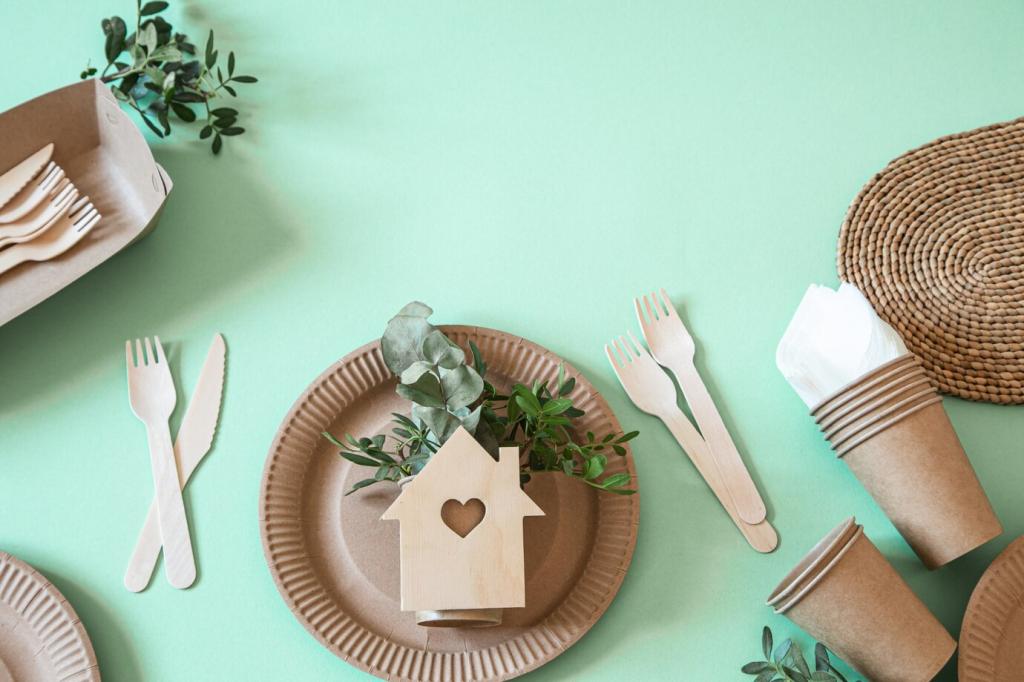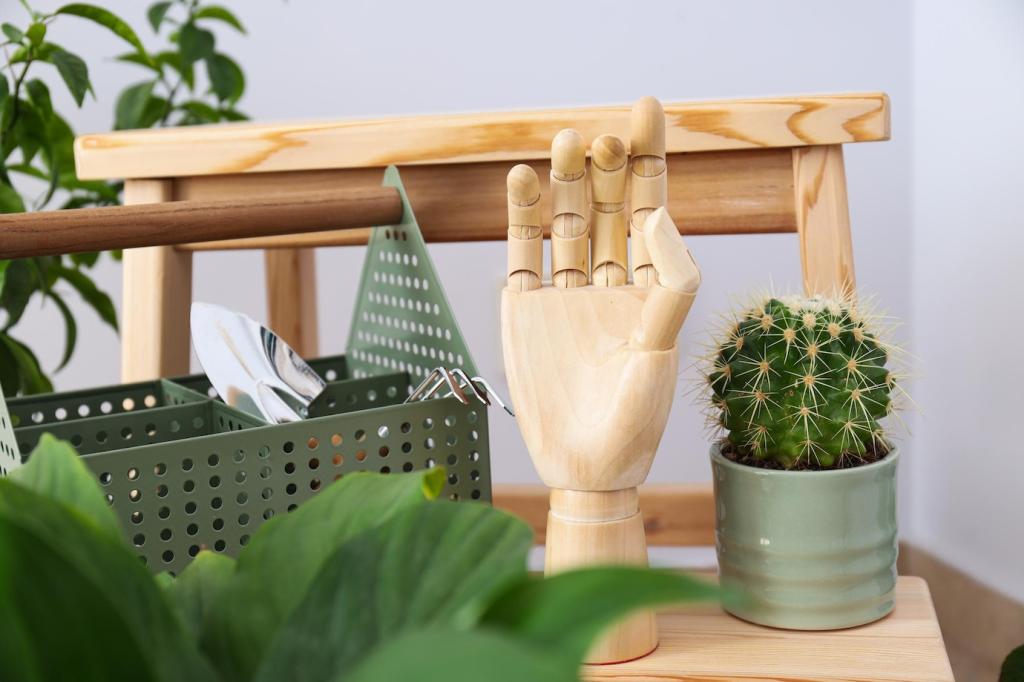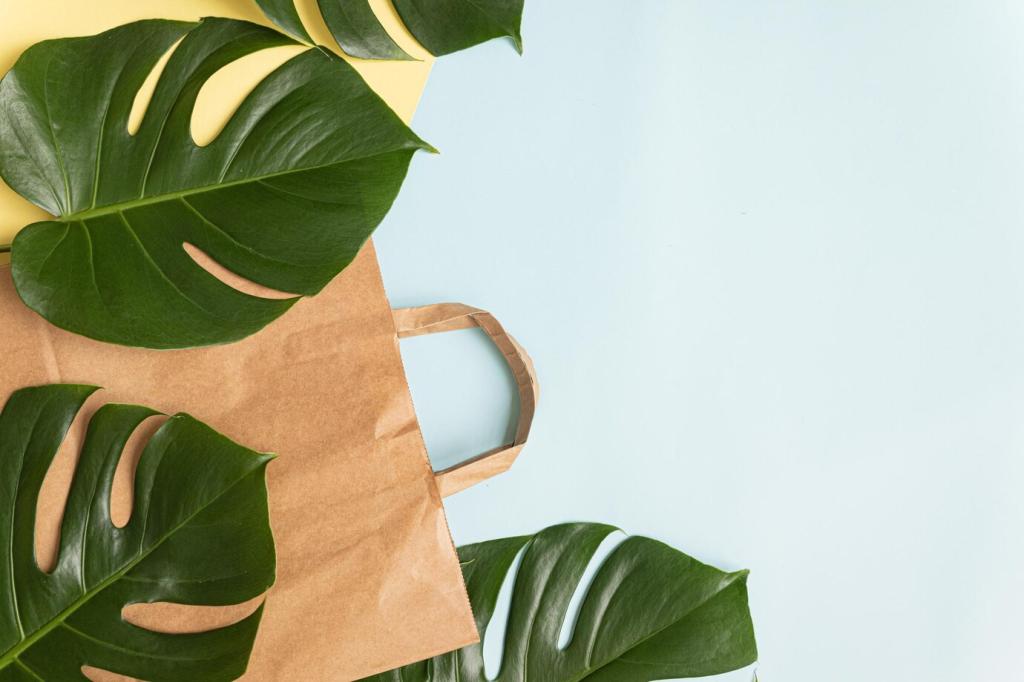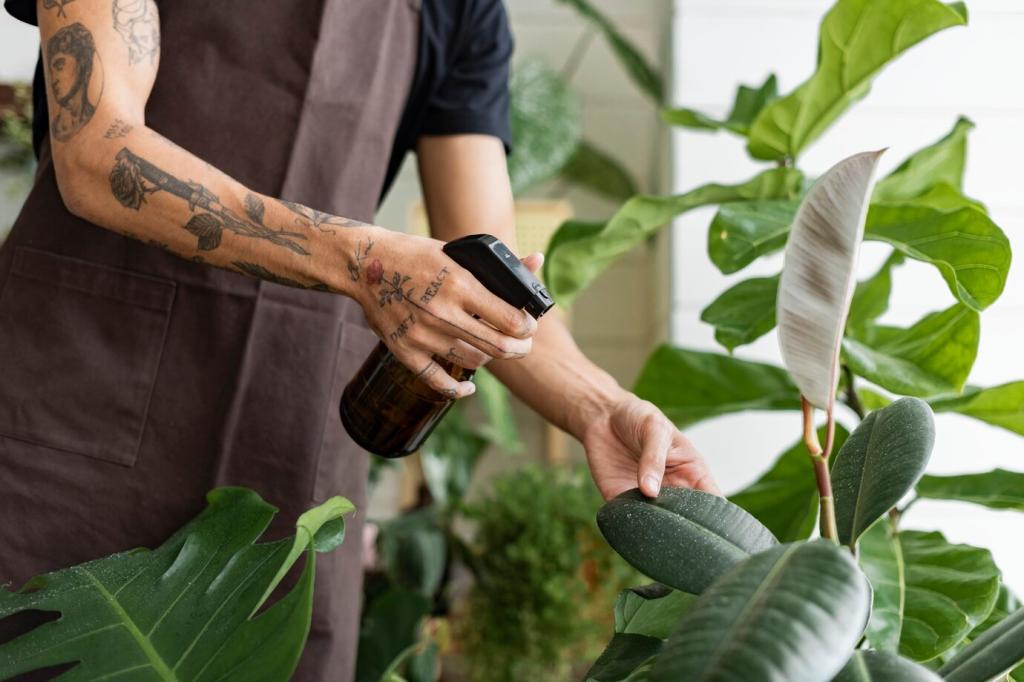Finishes, Adhesives, and Paints for Healthy Air
Zero-VOC claims can change with colorants. Look for third-party emissions certifications and verify the final tint system. Good prep, primer choice, and ventilation improve results. Share your favorite low-odor brands and how long you waited before moving furniture back.
Finishes, Adhesives, and Paints for Healthy Air
Use low-VOC, water-based adhesives or mechanical fasteners when possible. For flooring, consider click systems to reduce glues entirely. Read safety data sheets before purchase. Post your real-world curing times and bonding strength experiences to help others plan installations wisely.







